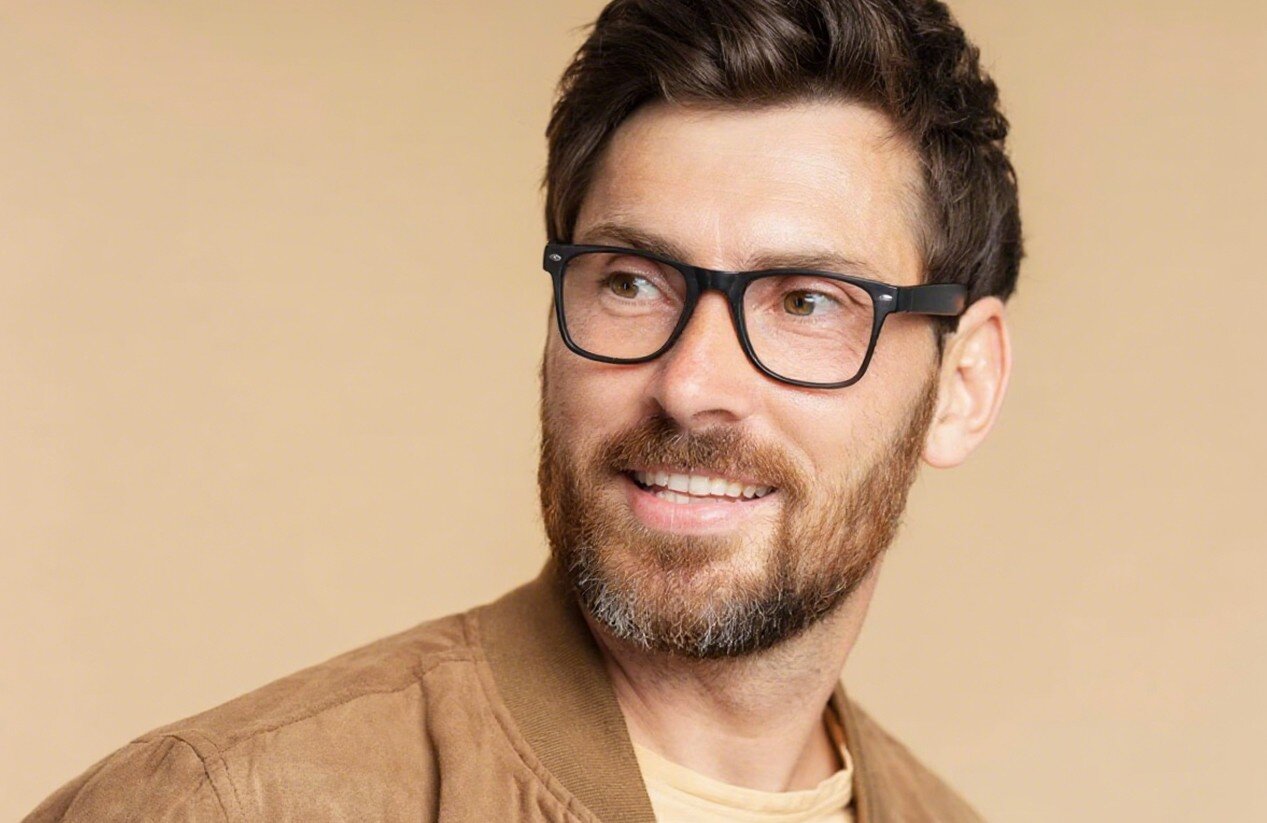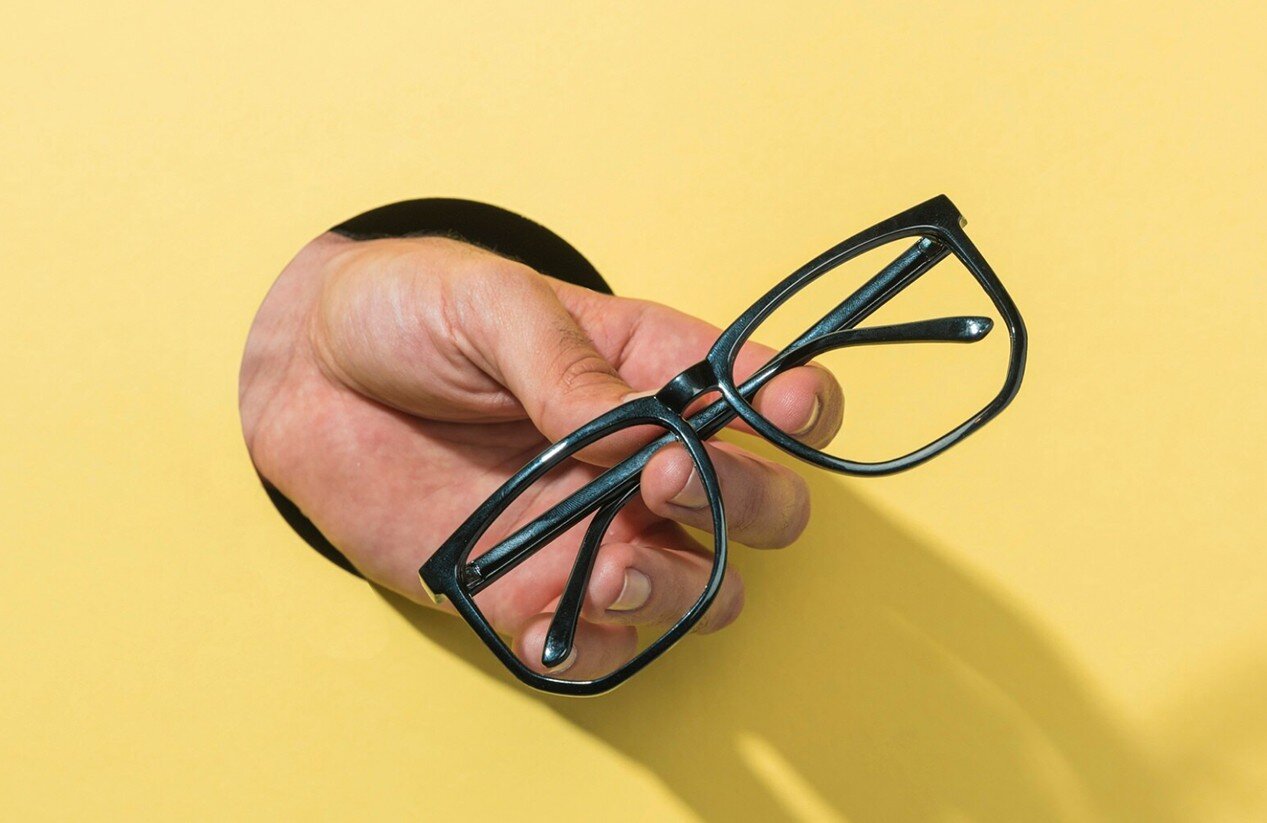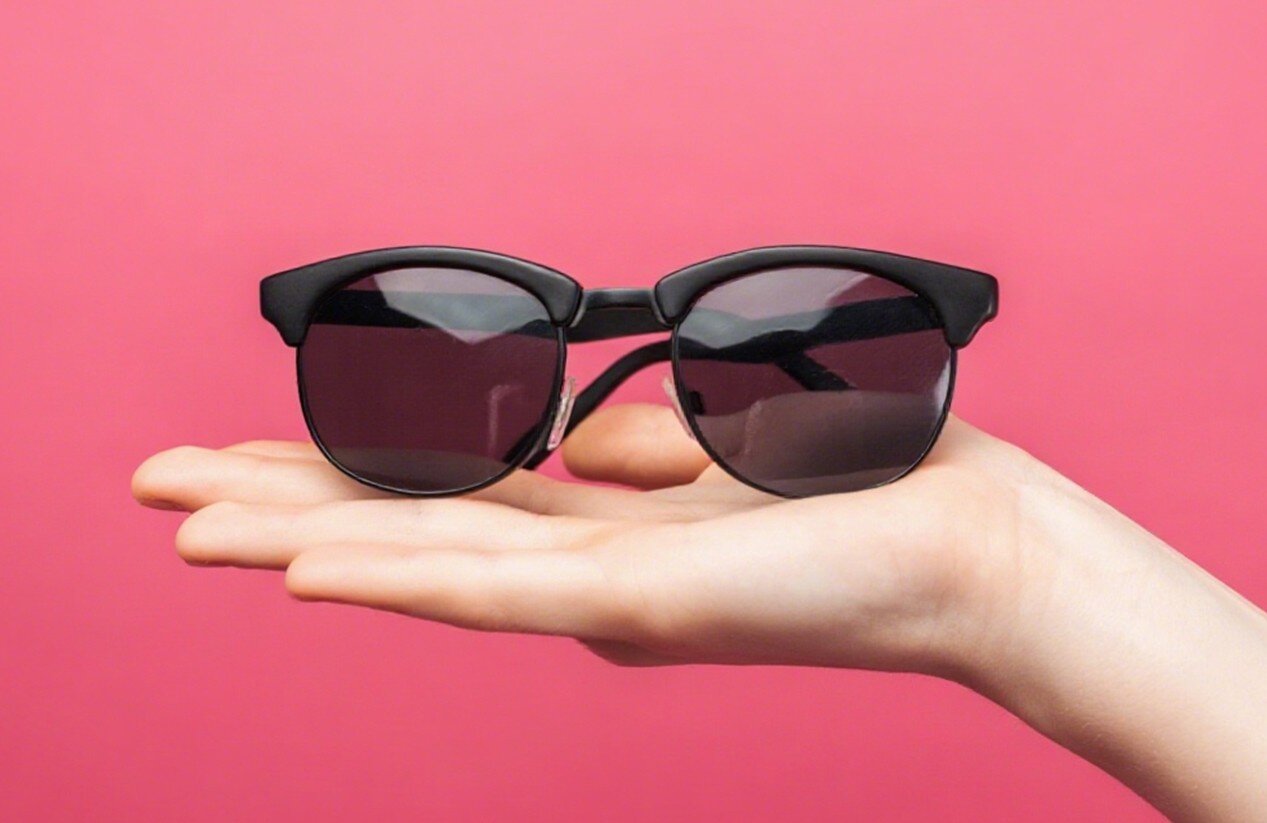- GlassesShop By FrameShop By StyleFeatured












We don’t usually think about how vision works—until things start to look blurry. That’s where glasses come in. They’re not just a fashion accessory—they’re finely engineered tools that help you see clearly, whether you’re reading, driving, or spending long hours in front of a screen. Here's how they do it.
At the core of how glasses work is a simple principle called refraction—the bending of light as it passes through different materials. Glasses use this principle to correct how light enters your eyes, helping it focus precisely on your retina (the light-sensitive part at the back of your eye).
When light doesn’t hit the retina just right, vision becomes blurry. Glasses fix that by redirecting light so it lands exactly where it should—giving you a clear, sharp image.

Not all vision problems are the same, which is why glasses come with different types of lenses. Each lens shape bends light in a specific way to correct the issue:
Concave lenses – Used to treat nearsightedness (myopia); they help focus light farther back in the eye so distant objects become clearer.
Convex lenses – Used for farsightedness (hyperopia); they bring the focus forward so you can see nearby objects more clearly.
Through the power of refraction, glasses restore clarity to your daily life.
Vision problems happen when the shape of your eye prevents light from focusing properly on the retina. Glasses help correct this by adjusting how light enters the eye. Here’s how they address the most common vision conditions:
If you see nearby things clearly but struggle with objects far away, your eyeball may be too long or your cornea too curved. Glasses with concave lenses spread out the light so it hits the retina correctly—bringing distant objects back into focus.
If close-up tasks give you blurry vision, it may be due to a short eyeball or a flatter cornea. Convex lenses help by bending light inward, improving clarity for reading and other near work.
This happens when the cornea or lens is irregularly shaped, causing blurred vision at all distances. Cylindrical lenses correct this by balancing how light enters the eye in different directions, providing consistent focus.
As we age—typically after 40—our eyes lose the ability to focus on close objects. This natural change is known as presbyopia. Solutions include:
Reading glasses for close-up work
Bifocals or progressive lenses, which combine different strengths in one lens for smooth vision at multiple distances
Understanding your specific vision issue helps in choosing the right glasses—and ultimately, a better quality of life.

When picking glasses, lens type matters just as much as style. Different materials offer different benefits:
Plastic lenses – Lightweight, affordable, and great for everyday use
Polycarbonate lenses – Strong and impact-resistant; ideal for kids or active lifestyles
High-index lenses – Thinner and lighter, perfect for strong prescriptions without the bulk
Trivex lenses – Lightweight like polycarbonate but with better clarity
Glass lenses – Excellent optical quality but heavier and more fragile
The right lens material can improve comfort, durability, and how your glasses look and feel.
Good vision isn’t just about comfort—it impacts how you live, work, and stay safe. The right pair of glasses can:
Reduce digital eye strain
Improve reading and screen time
Help you drive safely
Make everyday tasks easier and more enjoyable
Over time, your eyes may change, and your prescription might need updating. Even small changes can affect your comfort and clarity. That’s why regular eye exams matter.

Glasses are more than a style statement—they’re precision tools that improve your vision by correcting how light enters your eyes. Whether you’re nearsighted, farsighted, dealing with astigmatism, or adjusting to age-related changes, there’s a lens that can help.
Choosing the right glasses starts with understanding your needs and consulting an eye care professional. From materials and lens types to frame styles, every detail plays a role in keeping your vision sharp.
Need a new pair? At EFE Glasses, we offer stylish, comfortable, and functional eyewear options for every vision need—so you can see better and feel better, every day.

